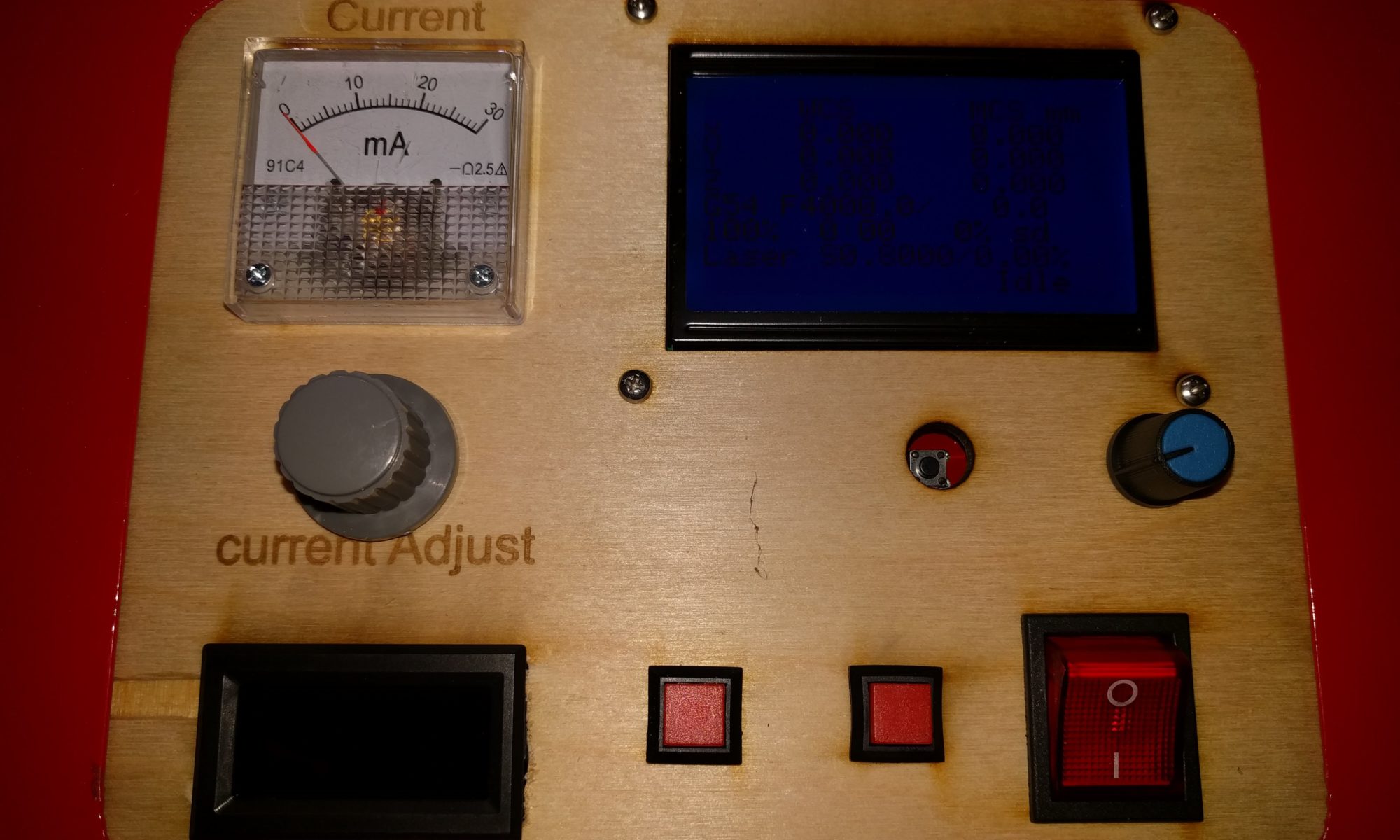The Joinery begins now that the cut list is mostly complete with the lamination of the workbench top. I have avoided the tool tray parts as my bench will be longer that the plans. Once it is built I will figure out the tool tray and or extended bench. I got enough extra lumber to laminate a second bench top to make a complete top just in case I change my mind. I suspect I will go with a tool tray as I like having tools handy.
Workbench 3.1 Top Lamination cleanup
I got to work on flattening the main top and getting it square and true for the wagon vise build and install. I plan to get the top built and ready before starting on the legs. This allows me to use the top as a platform to work on the legs. I used my hand planes and winding sticks to get the top flattened and square on the front and back edges. I don’t plan on flattening the bottom unless I have to. Leaving the factory edge on the lumber on the bottom allows me to get almost an additional half an inch of bench thickness from the available “quarter sawn” parts from the milled construction lumber, therefore increasing the weight. The bench will get a final top flattening once it is done prior to top sealing.

workbench Ugly Lamination 
workbench Winding Sticks 
workbench top getting flat 
workbench top stop and strop 
workbench Mostly flat
Workbench 3.2 Wagon vise parts
Once I got the top square and true, I cut the parts for the wagon vise. The wagon vise parts are not really on the cut list but I wanted to get them done prior to going forward. I am going to make an unsymmetrical bench with an end cap on one end to increase the strength of the wagon vise and allow for a future tail vise conversion. This will allow me to fasten the wagon vise screw into something besides end grain, as well as give a bit more depth to ensure a solid mounting. The cap was laminated from 2 by 8 southern yellow pine. The rails and the carriage for the wagon vise are off cuts from the 7 eights white oak, the short stretcher are from. I also found that the pockets for the vise make a handy clamping fixture for cutting other parts since I don’t have a vise big enough to hold them.

Workbench wagon vise rails 
workbench end cap glue up 
workbench Wagon vise already useful
Workbench 3.3 The Joinery begins.
Now that the top has been flattened and the end cap cleaned up from glue up. I started with the Rabate (Through Mortise) and Tenon that will connect the end cap to the workbench top. I decided to not be fancy here. I could have used a dovetail, but with the size I did not want risk a loose fit. I cut the Tenon by hand with my Ryouba saw and It was a learning experience to cut such a wide lamination to partial depth with this saw. Once the shoulders were cut I cleaned them up with a chisel and then a shoulder plane.
I then used my Cowryman Router plane to cut the start of the rabate. I switched to the Shoulder plane to clean the center of the rebate and due to the depth I had to bottom it out with a chisel. I was impressed by both planes as they made the 1 1/2 inch deep and 2 inch wide through mortise easy to do by hand. Both were very budge friendly vs some of the more well know brands and worked great. I have a power router, but decided against using it. I’m glad I did, and I do not think it could have made the depth with my available selection of bits anyway. Hand tools are very relaxing to me and why i returned to wood working.

Workbench end tenon cleanup 
workbench end cap rabate start 
workbench how deep does the rabate hole go
I hope to finish the wagon vise build and test fit so I can ensure to plan that into the build of the legs. I suspect, I will have to clearance the short stretchers to accommodate the screw and rails from the wagon vise, as my top does not have the thickness to conceal it all internally.































































